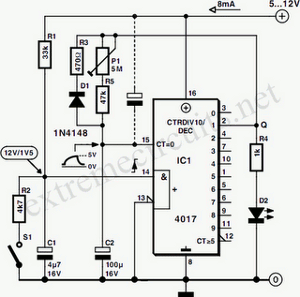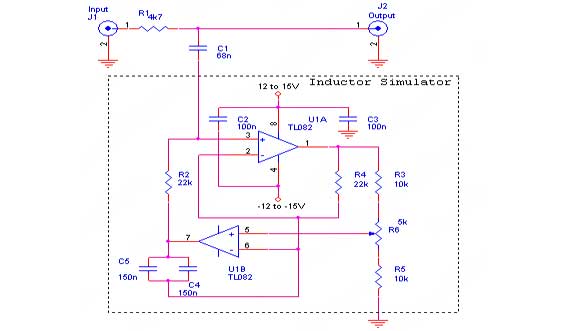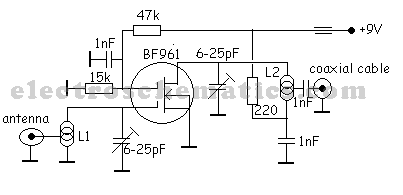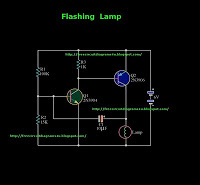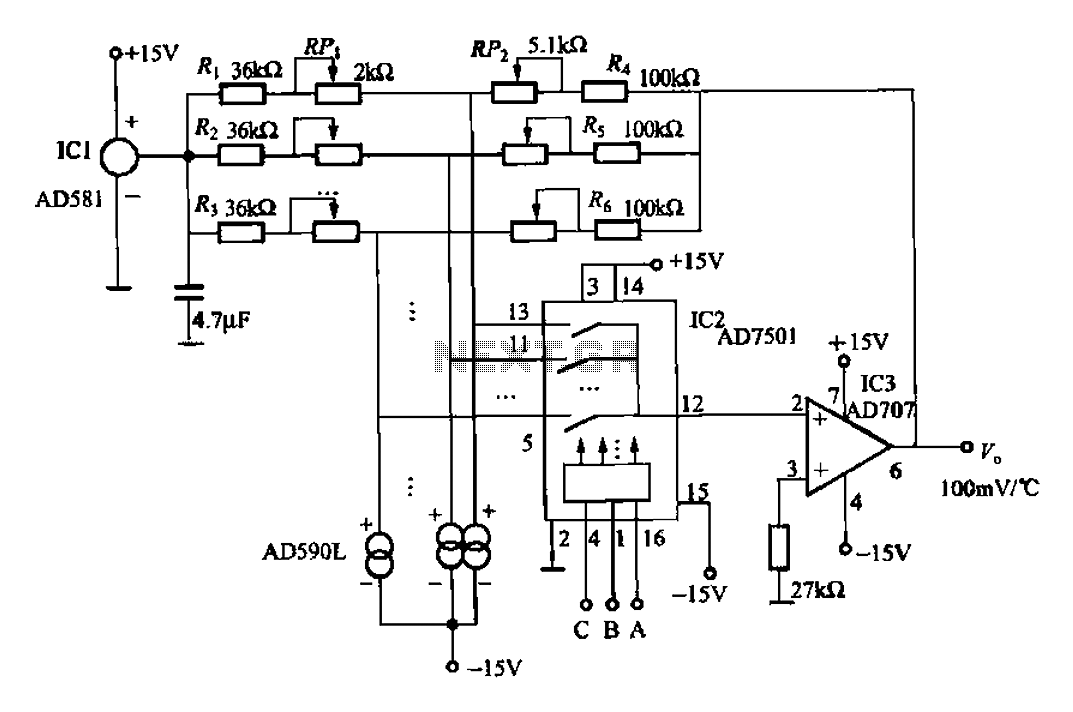
TV Muter Circuit

Many households still use tube-type television sets. Connecting one of these large televisions to a stereo system to enhance sound quality is generally straightforward, as numerous SCART to Cinch adapters are available in accessory shops. However, with some television sets, the enjoyment may be diminished because the audio outputs from the SCART connector remain active during channel switching.
To connect a tube-type television to a stereo system effectively, it is essential to utilize a SCART to Cinch adapter, which facilitates the transfer of audio signals from the television to the stereo system. The SCART connector typically includes multiple pins that carry various signals, including audio outputs. However, in some models, the audio outputs are not automatically muted when changing channels, which can lead to unwanted sound interruptions.
To mitigate this issue, a solution involves incorporating a mute circuit or switch in the audio path. This can be achieved by designing a simple circuit that detects when the channel is being switched and subsequently mutes the audio output. This circuit can utilize a relay or a transistor to interrupt the audio signal during the transition period.
Additionally, it may be beneficial to ensure that the stereo system has a dedicated input for the audio signal from the SCART adapter, allowing for a seamless connection. The design of the adapter should also include proper shielding to minimize interference and maintain audio quality.
In summary, while connecting a tube-type television to a stereo system using a SCART to Cinch adapter is generally uncomplicated, attention must be paid to the behavior of the audio outputs during channel switching to enhance user experience. Implementing a mute circuit can significantly improve the overall functionality of the setup.Many households are still graced by tube-type television sets. If you want to connect one of these large tellies to your stereo system to improve the sound quality, this is usually not a problem because there are plenty of SCART to Cinch adapters available in accessory shops. However, with some sets your pleasure is spoiled by the fact that the audio outputs of the SCART connector are not muted during channel switching..
🔗 External reference
To connect a tube-type television to a stereo system effectively, it is essential to utilize a SCART to Cinch adapter, which facilitates the transfer of audio signals from the television to the stereo system. The SCART connector typically includes multiple pins that carry various signals, including audio outputs. However, in some models, the audio outputs are not automatically muted when changing channels, which can lead to unwanted sound interruptions.
To mitigate this issue, a solution involves incorporating a mute circuit or switch in the audio path. This can be achieved by designing a simple circuit that detects when the channel is being switched and subsequently mutes the audio output. This circuit can utilize a relay or a transistor to interrupt the audio signal during the transition period.
Additionally, it may be beneficial to ensure that the stereo system has a dedicated input for the audio signal from the SCART adapter, allowing for a seamless connection. The design of the adapter should also include proper shielding to minimize interference and maintain audio quality.
In summary, while connecting a tube-type television to a stereo system using a SCART to Cinch adapter is generally uncomplicated, attention must be paid to the behavior of the audio outputs during channel switching to enhance user experience. Implementing a mute circuit can significantly improve the overall functionality of the setup.Many households are still graced by tube-type television sets. If you want to connect one of these large tellies to your stereo system to improve the sound quality, this is usually not a problem because there are plenty of SCART to Cinch adapters available in accessory shops. However, with some sets your pleasure is spoiled by the fact that the audio outputs of the SCART connector are not muted during channel switching..
🔗 External reference
Warning: include(partials/cookie-banner.php): Failed to open stream: Permission denied in /var/www/html/nextgr/view-circuit.php on line 713
Warning: include(): Failed opening 'partials/cookie-banner.php' for inclusion (include_path='.:/usr/share/php') in /var/www/html/nextgr/view-circuit.php on line 713

